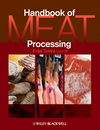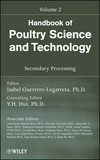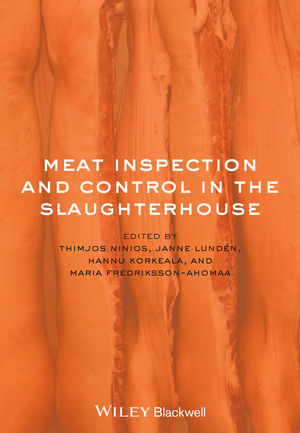Fight for Food Safety
A new administration, a new day
Many in the meat and poultry industry remain optimistic about the potential changes that could impact USDA’s FSIS policy and priorities.

Opening image credit: GettyImages / carterdayne / Getty Images Plus
As I write this article, the new US president just finished taking the presidential Oath of Office. With the inauguration of the 47th president now behind us, and as the Administration begins implementing its agenda, many in the meat and poultry production sector are optimistic about the potential changes that could impact USDA’s FSIS policy, regulations and rules.
Indeed, it is well-known that current regulations, while essential for ensuring product safety, often come with significant compliance costs. The administration’s announced push for greater “efficiency,” however, may present opportunities for streamlining processes and reducing regulatory burdens, which could benefit the overall meat and poultry industries without compromising safety.
A key initiative of the administration is the establishment of the Department of Government Efficiency, which aims to recommend budgetary and personnel cuts across federal agencies, including USDA. For the meat and poultry industries, these reductions could mean a leaner regulatory framework, streamlined policies, refinements to onerous inspection mandates, fewer FSIS inspection personnel, and potentially faster regulatory approvals.
In turn, companies that have invested, or will soon invest, in advanced safety systems and robust internal protocols may find themselves well-positioned to maintain high safety standards, even with reduced FSIS oversight. Indeed, FSIS’s inspection programs, which require inspectors to physically examine carcasses, monitor plant hygiene, and verify compliance with Hazard Analysis and Critical Control Point (HACCP) systems, are integral to food safety. However, many facilities have already adopted cutting-edge technologies and rigorous self-auditing practices that complement federal inspections. These advancements could mitigate the impact of personnel reductions, allowing the industry to uphold safety while continuing to realize operational efficiencies.
Budgetary adjustments might also encourage industry to take greater initiative in adopting innovative food safety technologies. Over the past decade, companies have increasingly relied on data-driven methods to predict and prevent contamination, such as advanced sanitation protocols and pathogen detection systems. These investments not only enhance safety but also reduce dependence on federal oversight, aligning with the administration’s vision of efficiency.
From an industry perspective, reduced oversight could lower compliance costs and streamline operations, enabling faster throughput and greater competitiveness. While some consumer advocates express concerns about potential risks, the industry’s track record suggests it is absolutely capable of maintaining high safety standards independently. Businesses understand that consumer trust is paramount, and the reputational and financial consequences of foodborne illness outbreaks are strong incentives to prioritize safety.
The Administration’s regulatory reform agenda, including executive orders to reduce the overall number of regulations, may also provide opportunities to modernize outdated rules. Streamlining requirements without compromising core safety principles could foster innovation and improve operational efficiency across the sector.
As the Department of Government Efficiency finalizes its recommendations, the meat and poultry industry is poised to adapt and thrive. By leveraging technology and best practices, companies can balance the dual priorities of economic viability and product safety, ensuring continued consumer confidence in their products. Like you, we very much look forward to what may be on this new horizon.
Looking for a reprint of this article?
From high-res PDFs to custom plaques, order your copy today!









